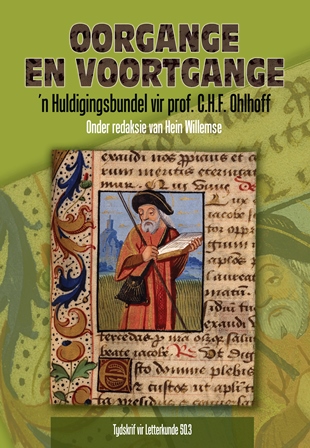Eenders en anders: Die leksikons van Afrikaans en Nederlands in die een-en-twintigste eeu —’n loodsstudie
DOI :
https://doi.org/10.17159/tl.v50i3.5117Mots-clés :
Afrikaans language, Dutch language, lexicology, wordforming processesRésumé
Early research into the Afrikaans vocabulary was mainly diachronic and comparative (Dutch being the “mother” language from which Afrikaans developed) and the relationship between the lexicons of the two languages was not explored in any great detail towards the end of the twentieth century. This state of affairs changed with the publication of Groot Woordeboek Afrikaans en Nederlands (“Great Dictionary Afrikaans and Dutch”) in 2011, a dictionary with an amalgamated lemma list. One of the outcomes of the lexicographic project was the realisation that less than fifty percent of the lemmas in the dictionary were absolute cognates, words which are similar in both form and meaning. This finding prompted a synchronic comparison of word forming processes in Afrikaans and Dutch, using two small newspaper corpora from 2009 as well a selection of neologisms. Analysis of the data shows that although Afrikaans and Dutch differ in the way in which loan words are incorporated—Dutch speakers prefer to take over the words as they are, whereas Afrikaans speakers make use of calques— the morphosemantic process of compounding is still the most productive way for adding words to the lexicon. The two languages do not make use of each others’ coinages, one indication that their lexicons are increasingly growing apart.
Téléchargements
Références
...
Téléchargements
Publiée
Numéro
Rubrique
Licence
(c) Copyright Tydskrif vir Letterkunde 2013

Ce travail est disponible sous licence Creative Commons Attribution - Partage dans les Mêmes Conditions 4.0 International.


 https://orcid.org/0000-0001-6465-6584
https://orcid.org/0000-0001-6465-6584


.png)